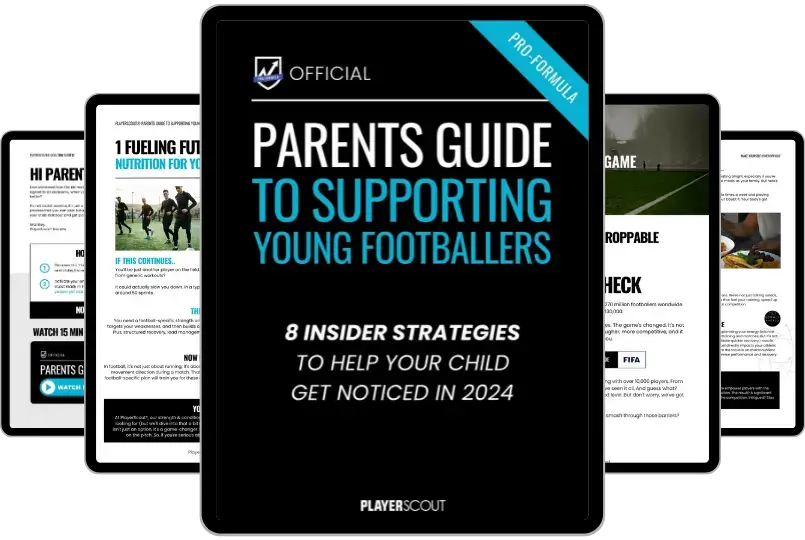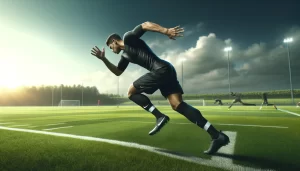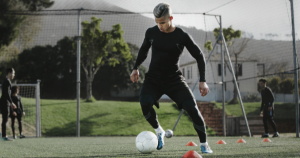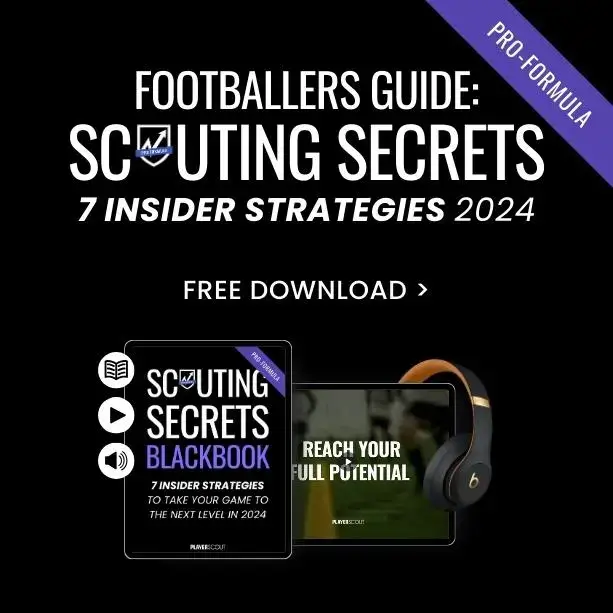We use our feet every day for walking, running, driving, standing, therefore the muscles in the feet are the most likely to suffer from overuse injuries. One of the main reasons for this is because the feet take the initial weight bearing and shock absorption and transmitting it from one side of the foot to the other.
Anatomy of the Foot
There are around 100 muscles that either influence or attach to your the foot and 26 bones within the foot.
The structure of the foot means that there is a lot of mobility, which can have positive and negative effects. One of the main dysfunctions of this mobility is a common overuse injury called Plantar Fasciitis.
This is when the tissues in the foot become inflamed, causing pain and restricted mobility.
Why Does the Plantar Fascia Become Inflamed?
One of the main reasons the muscles for feet inflame is because they are weak, which results in the tissues becoming overstretched.
Another cause of inflammation in the foot muscles is due to problems with the glutes. The Gluteus Medius is responsible for controlling the side-to-side motion at the foot and if your glutes are weak, this can cause the Plantar Fascia to become overstressed.
Newer Research Challenges This Theory
Harvey Lemont’s study in 2013 found it may not be inflammation causing your foot issues. . He found that the cause of foot dysfunction maybe down to the position and stress your toes are under when wearing shoes and that this pressure cuts off blood flow to the muscles of the inner foot. He calls this Plantar fasciosis.
Foam Roller Exercises for Plantar Fasciitis
Performing self massage on your feet can help reduce the pain of Plantar Fasciitis and improve flexibility of your feet. Research also suggests that massaging your feet can strengthen your immune system and reduce stress and depression. Below are some of our favorite exercises using various Self-Myofasical Release tools.Foam Rolling Your Foot with a Massage Ball
One of the most accurate massage tools to target the Plantar Fascia is a massage ball. The following video from the National Academy of Sports Medicine shows how to work out the knots below your feet.How to Foam Roll Your Feet with a Massage Ball
- Place a foam rolling massage ball behind the top of your metatarsal (bones in the foot).
- Start with your heel on the ground.
- Breathe throughout the rolling exercise, try to relax your foot on the massage ball.
- Roll your foot across the ball from the toes to your heel (1 inch per second).
- When you find a tight spot, stop and hold for 30 seconds.
- Remember to breathe throughout
- Do the same exercise on the opposite foot
Using a Foot Roller to Massage Your Feet
Another option for foam rolling your feet is to use a foot roller. These are designed to roll the muscles of the feet and work well to relieve tight feet.
Check out this Trigger Point tuturial for advice on how to use a foot roller.
How to Foam Roll Your Feet with a Foot Roller
- Place the foot roller on the floor and rest your foot on top so the roller sits just behind your big to
- Add pressure by pressure your hands down on your knee, or placing your other leg on top of your foot.
- Breathe deeply and as you release roll the foot forward until the foot roller reaches your heel.
- If you find a tight spot, stop and hold for 30 seconds.
- Remember to breath throughout.
Upper Body Foam Rolling Exercises
- How to foam roll your neck muscles
- How to foam roll your shoulder muscles
- How to foam roll your chest muscles
- How to foam roll your lats
- How to foam roll your rhomboids
- How to foam roll your arm muscles














